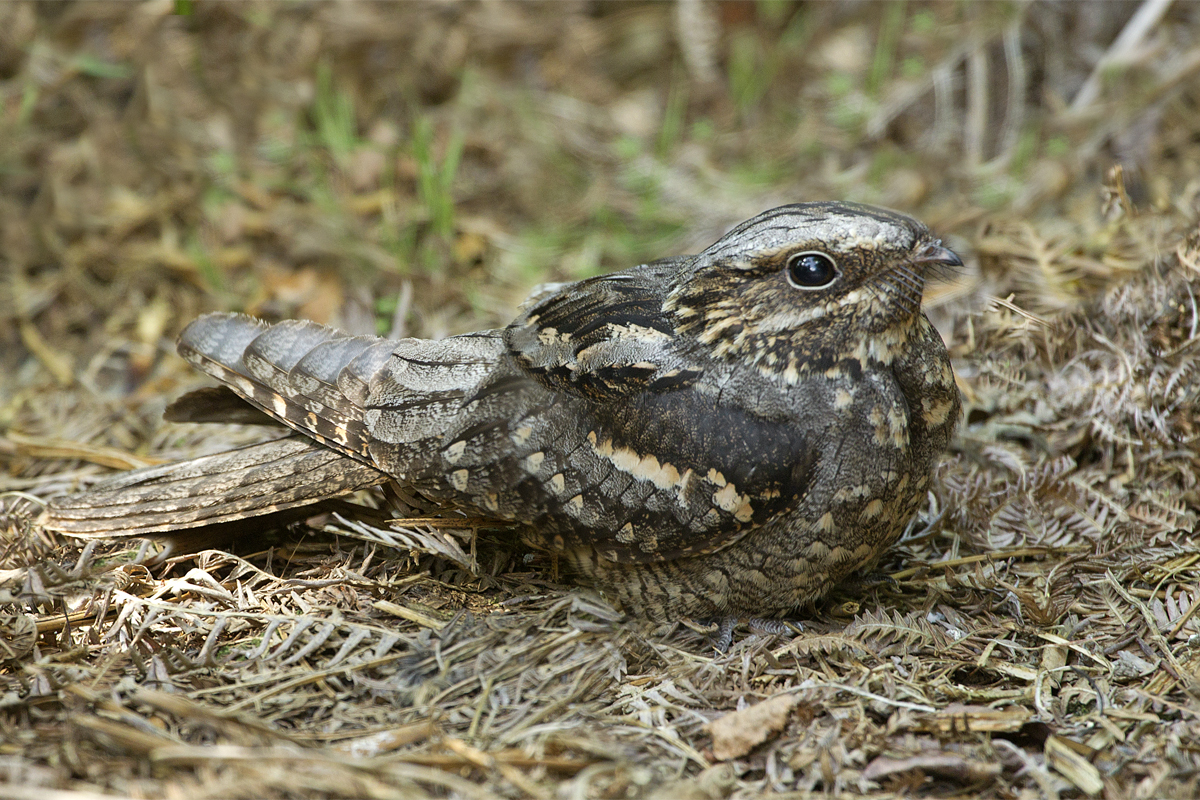The British Trust for Ornithology has published its BirdTrends 2015 report, highlighting the severe declines of many of our native species.
The regularly published report, which summarises changes in numbers, breeding success and survival for British breeding birds, has bad news and good news within its figures.
Perhaps predictably, there are dozens of species which still show statistically significant population declines of more than 50 per cent over the time period — ranging between 31 and 46 years — for which figures are available. Some 29 species comprise a depressingly familiar roll call, including Grey Partridge, European Turtle Dove, Common Cuckoo, House Martin, Willow Tit, Marsh Tit, Skylark, Whitethroat, Yellow Wagtail, Tree Sparrow, Corn Bunting and Yellowhammer, along with such familiar birds as Song Thrush, Starling and House Sparrow. Perhaps more surprising is the presence of Little Grebe, Woodcock and Common Snipe (which has undergone a precipitous plummet in numbers) on this list, as well as one 'new entry': Nightingale. The long-term British decline of this world famous natural alto is well known, but this is the first time the Breeding Bird Survey index has been calculated for the species.

Whitethroat has shown signs of recovery in recent years, though its numbers are still down historically (Photo: Tom Melton)
Lesser Spotted Woodpecker has also continued its radical decline, but because monitoring ceased in 1999 it is omitted from the current report. Whitethroat numbers are still down historically, but this migrant warbler has shown a fairly strong recovery in recent years. Actually, a few of these declining species have slowed down their descent in the last decade, but a reversal of their fortunes is still some way off — as an example, for Corn Bunting, last year's reported upturn has now ceased.
Lesser — though still worrying — declines of between 25 and 50 per cent have been logged in Common Sandpiper, Dipper, Garden Warbler and Greenfinch, along with Eurasian Curlew. Three charismatic summer migrants maintain their red-listed status: Pied Flycatcher, Wood Warbler and Whinchat.
Several summer migrants are showing a reduced number of fledglings, including European Nightjar, Garden and Sedge Warblers, and Tree Pipit. There is circumstantial (though suggestive) evidence that this is caused by the continuing depletion of insect populations in the British countryside in summer, as well as on each species' wintering grounds in sub-Saharan Africa — in both cases, probably due to the overuse of pesticides in agriculture over many decades.

Nightjar breeding productivity has fallen in recent decades (Photo: Jamie MacArthur)
Climate change has a resulted in a lack of synchrony in egg-laying dates and the availability of insect prey to feed the newly hatched chicks. This is especially bad news for long-distance migrants, many of which are reliant on seasonal peaks in caterpillar availability to ensure breeding success — this is also true for resident species such as Treecreeper. Several species of bird are now known to be laying earlier than they did some decades ago: Kestrel by seven days, Pied Flycatcher by 10 days, Swallow by 11 and Greenfinch by a mammoth 19 days. Should these dates be too staggered with the emergence of a major food source — small mammals, caterpillars, flying insects and early seeds, in these cases — then breeding will certainly suffer failures.
Other species such as Linnet have declined most probably because of a lack of weed seeds and stubble waste due to intensive agricultural practices, while the Greenfinch decline is highly likely to be due to the ongoing outbreak of the parasitic disease trichomoniasis. Overall, lack of food has been severely limiting the number of offspring able to survive in many species, even if the birds manage to breed — Reed Bunting and Willow Warbler are believed to be struggling to recover owing to their low production of juvenile birds.
There are some changes for the better, though these are substantially more limited. Some species have responded well to protective legislation and conservation measures, particularly raptors such as Red Kite, Common Buzzard, Sparrowhawk, Merlin and Barn Owl, while Great Spotted and Green Woodpeckers — which rely on less mature trees than Lesser Spotted — are on the up. Blackcap and Nuthatch have also increased in number, as have many ubiquitous garden and city birds such as Mute Swan, Mallard, Magpie, Jackdaw and Great Tit.

